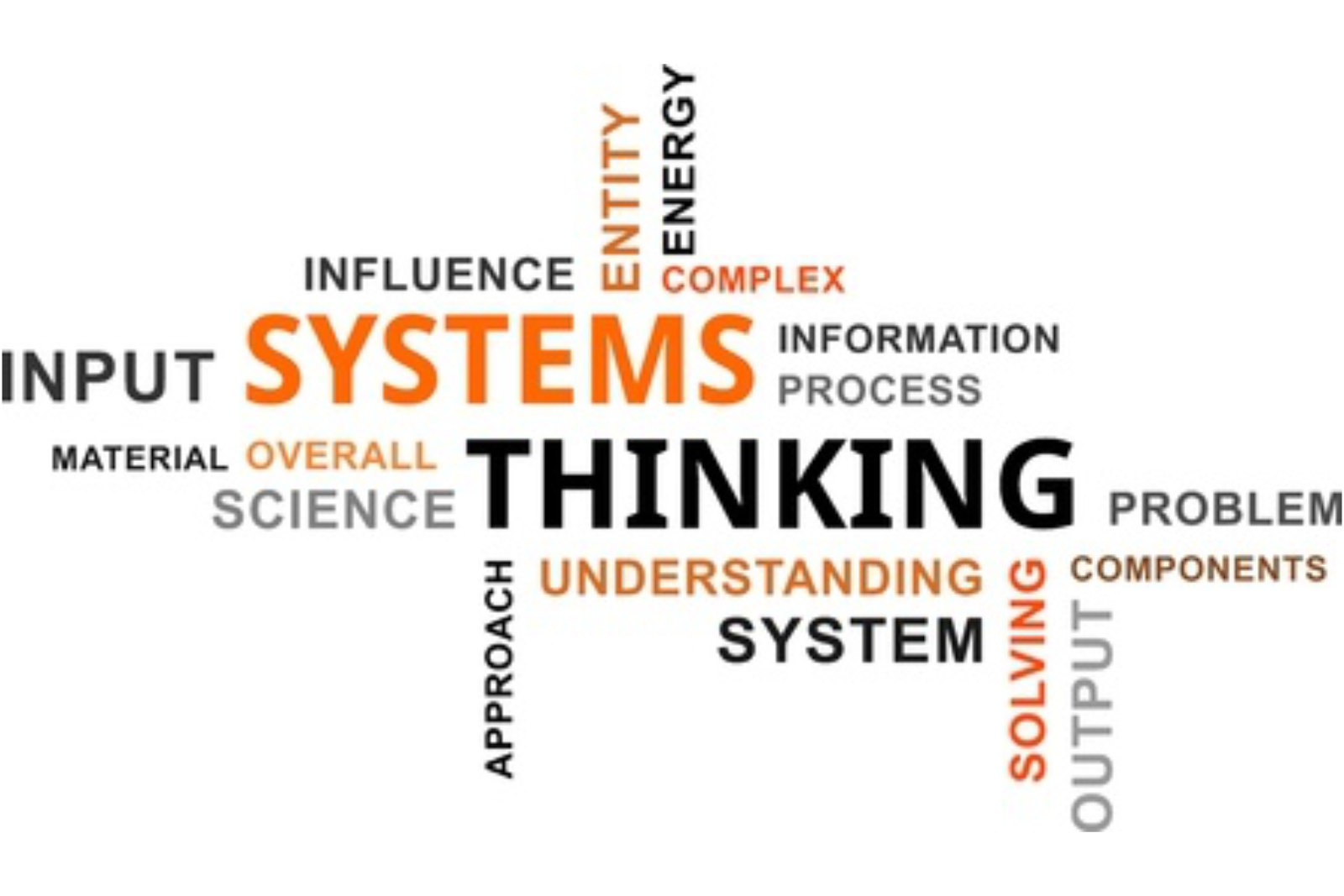Think Bigger: How Systems Thinking Gives Small Business Owners a Smarter Edge
07/02/2025

Ever fix a leaky pipe only to find another bursts a few days later? Running a business without systems thinking is like that. Every fix creates new problems because nothing in your business operates in isolation. Everything is connected.
That is why systems thinking matters. Once used primarily by scientists and large corporations, it is now a strategic advantage for small business owners who want to stop reacting and start leading with clarity and purpose.
What Is Systems Thinking?
Systems thinking is a problem-solving approach that looks at the full picture, not just individual components. It focuses on how different functions, teams, and processes interact, and how those relationships create patterns over time.
For example, if sales are falling, it is easy to blame the sales team. But a systems thinker goes deeper. Is marketing reaching the right audience? Are order delays impacting customer experience? Are internal goals misaligned?
This mindset addresses root causes rather than surface issues. It gives leaders insight that leads to sustainable improvements.
A Real-World Win
Consider a local bakery that saw repeat business begin to dip. The owner initially considered staff retraining but instead decided to map the entire customer journey. She discovered supply chain delays were increasing wait times during peak hours, which frustrated customers. By adjusting vendor relationships and revising inventory practices, she sped up service and brought customers back.
This is systems thinking in action.
Why Small Businesses Need It
Smaller businesses operate with tighter resources and greater exposure to risk. One decision can impact multiple areas at once. That is why systems thinking helps owners lead more effectively. It provides structure for understanding cause and effect throughout the business.
Here’s how it supports growth:
- Efficiency: Uncover root issues in operations rather than solving isolated problems.
- Smarter decisions: Detect recurring patterns and fix their source, not just the outcome.
- Foresight: Recognize how changes in one area will impact the entire organization.
How to Get Started
You do not need a formal system or software to begin. Use these simple steps:
- Sketch your system. Create a visual map of how departments, people, tools, and customers interact.
- Identify feedback loops. Look for areas where problems tend to repeat or compound.
- Ask deeper questions. Move from “What went wrong?” to “What in our structure caused this result?”
- Review regularly. Set time aside monthly to assess how recent changes are impacting other parts of the business.
Free tools like Lucidchart or Miro can help you visualize your system. For more advanced insights, explore Harvard Business Review and MIT Sloan Management Review.
The Bottom Line
Systems thinking gives small business leaders the perspective needed to lead with confidence, not just react to chaos. It connects the dots between actions and outcomes, so you can fix what really matters. The most effective business owners think in systems. They see how each decision shapes the whole. That is what helps them grow stronger, faster, and more sustainably.
Back to Jul. 2025







